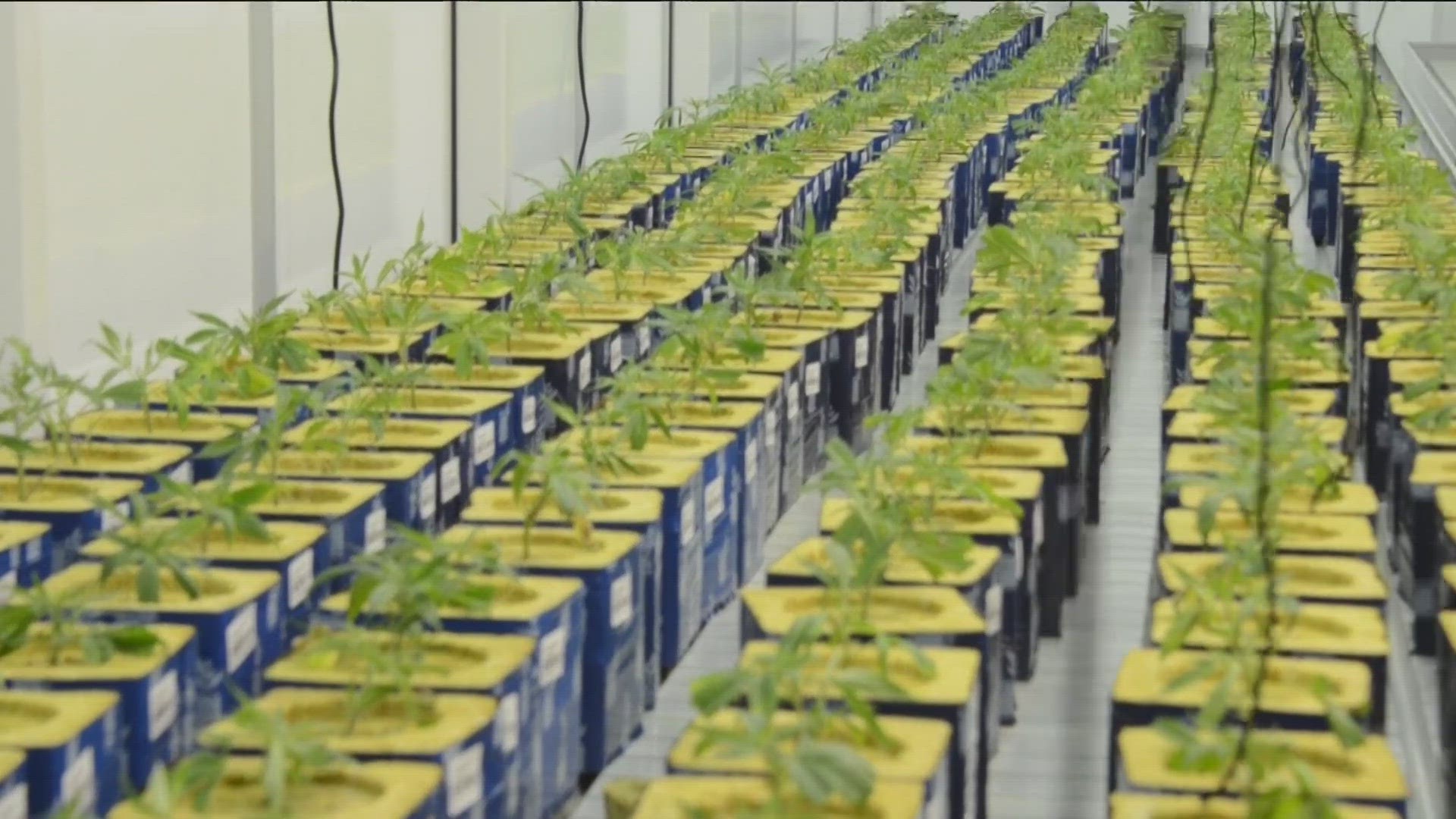TOLEDO, Ohio — Editor's note: The above video originally aired Tuesday, Nov. 7.
Ohio voters approved statewide Issue 2 Tuesday, legalizing recreational marijuana for the first time in the Buckeye state.
But how did we get here? The movement to legalize cannabis use, both medicinally and recreationally, has taken many years.
Here's a look back at the timeline of events related to decriminalizing and legalizing marijuana in Ohio:
Nov. 7, 2023: Ohio voters approve Issue 2, which legalizes recreational use of marijuana by adults.
The measure legalizes possession of up to 2.5 ounces of cannabis and 15 grams of concentrate for people 21 and older, allows cultivation of up to six plants for personal use, allows the sale of cannabis at state-licensed dispensaries, creates a 10% sales tax on cannabis products, and calls for dividing tax revenue among social equity and jobs programs, local communities that allow dispensaries to operate and education and substance-abuse programs.
2016: Ohio repeals mandatory driver's license suspension for drug convictions.
Senate Bill 204, approved by the General Assembly and signed by Gov. John Kasich, eliminated Ohio's mandatory driver's license suspensions for minor drug offenses. The mandatory suspensions affected thousands of Ohioans who had trouble getting to work or taking care of their families because a drug conviction caused them to lose their license, bill sponsors argued.
January 2019: First medical marijuana dispensaries open in Ohio
Ohio's first medical marijuana dispensaries opened for business in January 2019.
People with 21 qualifying medical conditions and illnesses could obtain medical marijuana cards that allowed them to purchase cannabis for personal use at licensed dispensaries.
June 2016: Ohio legalizes medical marijuana
In January 2016, then-Attorney General Mike DeWine rejected a ballot measure that would have put legalized medical marijuana before voters.
With polls showing more than 90% of Ohio voters in favor of legalizing cannabis for medicinal use, the General Assembly passed a legalization bill and Gov. John Kasich signed it in June 2016.
However, it would take more than two years before the state's infrastructure for managing licensed medical marijuana dispensaries and codifying approved medical issues that qualified for legal medical use was ready.
November 2015: Ohio voters reject recreational marijuana ballot measure
What was known as Issue 3 in 2015, would have legalized recreational marijuana use for adults in Ohio. The measure would have allowed commercial-scale production and sale of cannabis by just 10 pre-determined sites.
The measure failed with just 35% of voters casting yes ballots.
September 2015: Toledo voters approve decriminalization ballot measure
City voters approved the “Sensible Marihuana Ordinance,” changing the city's misdemeanor law to abolish jail terms and penalties for possession of up to 200 grams of marijuana.
Then-Attorney General Mike DeWine filed a lawsuit challenging the constitutionality of the change. Cities cannot change felony drug possession or felony drug trafficking charges into negligible municipal offenses, DeWine's lawsuit said.
More on WTOL:

